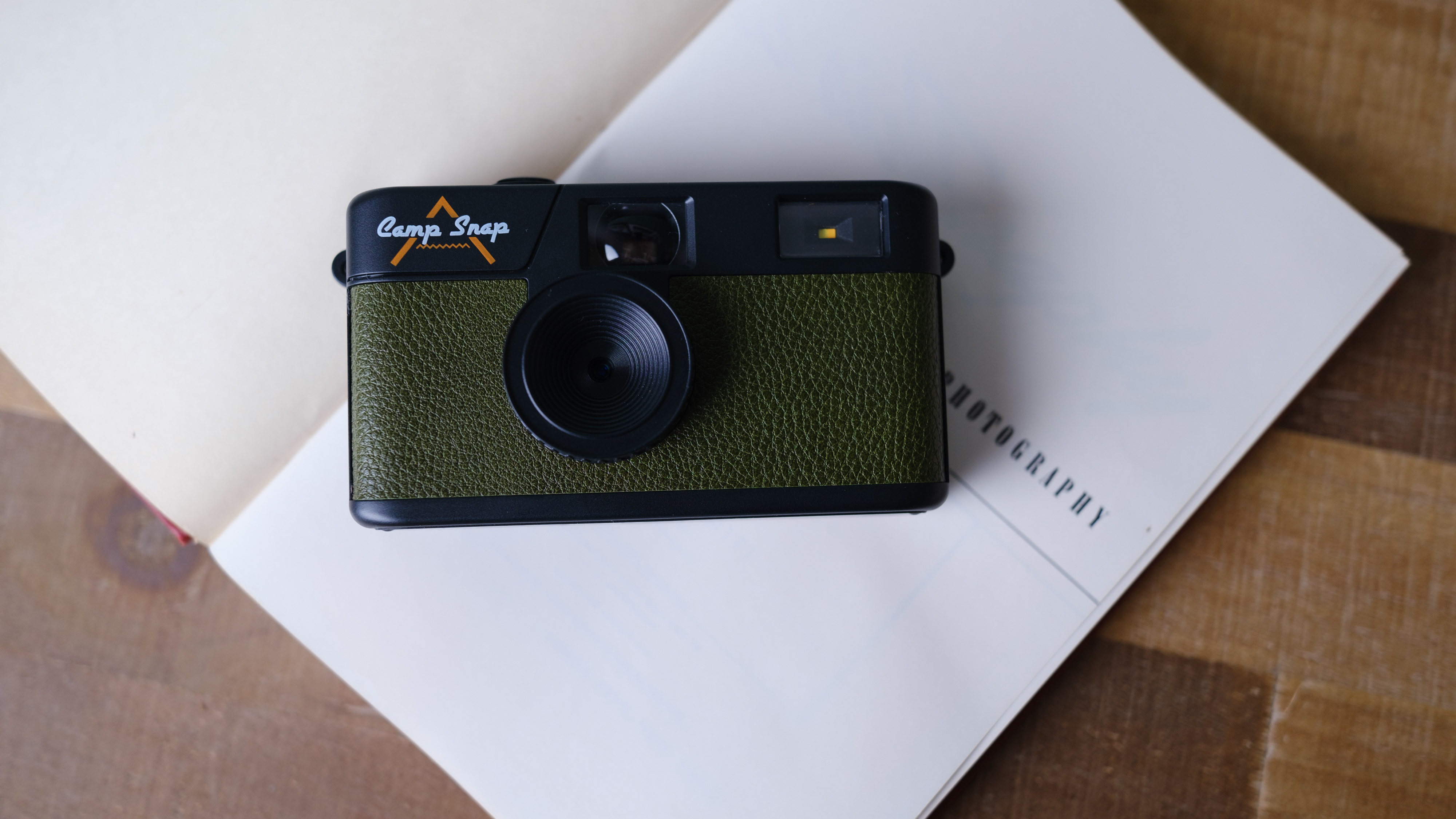Hasselblad 500C/M and family: the medium format cameras that made it cool to be square
Hasselblad’s modular, box-form 6x6cm SLR revolutionized medium roll-film photography, and the 500-series subsequently stayed in production for 56 years
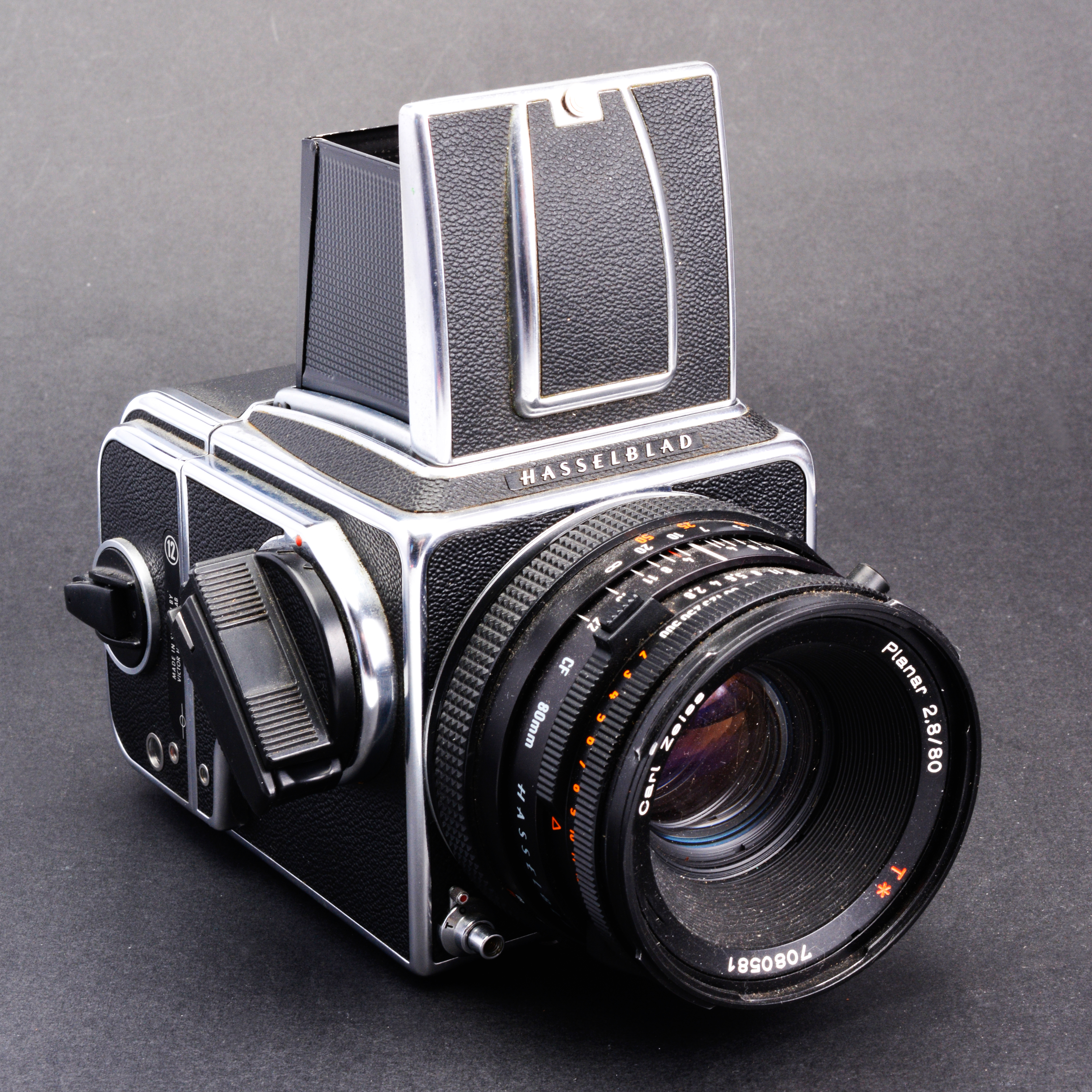
A keen ornithologist and amateur photographer, Victor Hasselblad tried many camera systems in his quest to find the ideal tool for taking pictures of birds. He liked the image quality of 4x5- and 5x7-inch sheet film, but even ‘portable’ cameras like the Speed Graphic were still too unwieldy. He liked the size of Leica’s 35mm rangefinder cameras, but really wanted reflex viewfinding… and, ideally, a bigger negative with more cropping fl exibility. The solution? Victor came up with his own design, based on the box-form aerial cameras that his family company had built for the Swedish Air Force during the second World War.
The prototype was a 6x6cm format SLR with interchangeable lenses badged ‘Rossex’ and designed by Sixten Sason who, incidentally, also penned the first Saab passenger car, the 92. The visual similarity between the two products is obvious even though they were obviously very different.
Problems with registering the Rossex name in a number of countries resulted in it being dropped in favor of simply ‘Hasselblad’, and the first production camera, designated the 1600F, was unveiled in New York on 6 October 1948. It wasn’t quite the world’s first 6x6cm SLR, but it was the first with interchangeable film magazines and the first serious medium format reflex system camera. It was accompanied by four Kodak Ektar lenses, but by the time its next model arrived in 1952, Hasselblad had switched to Zeiss as its lens supplier.
Problems with obtaining a top speed of 1/1600 second from the 1600F’s big focal plane shutter (now you know what ‘1600F’ stood for), meant the second ’Blad’s shutter ran to 1/1000 second. This was the 1000F, and around 10,000 examples were made, but some problems with shutter reliability persisted, so in 1953, Hasselblad started work on a camera that used a leaf-type shutter in each lens. In addition to better reliability, the leaf-shutter could be synchronized with electronic fl ash (just introduced) at all speeds up to the fastest of 1/500 second. Linking the mechanics of the camera to those of the lens presented a number of problems and Hasselblad experimented with external linkages before perfecting a coupling system built into a new lens mount.
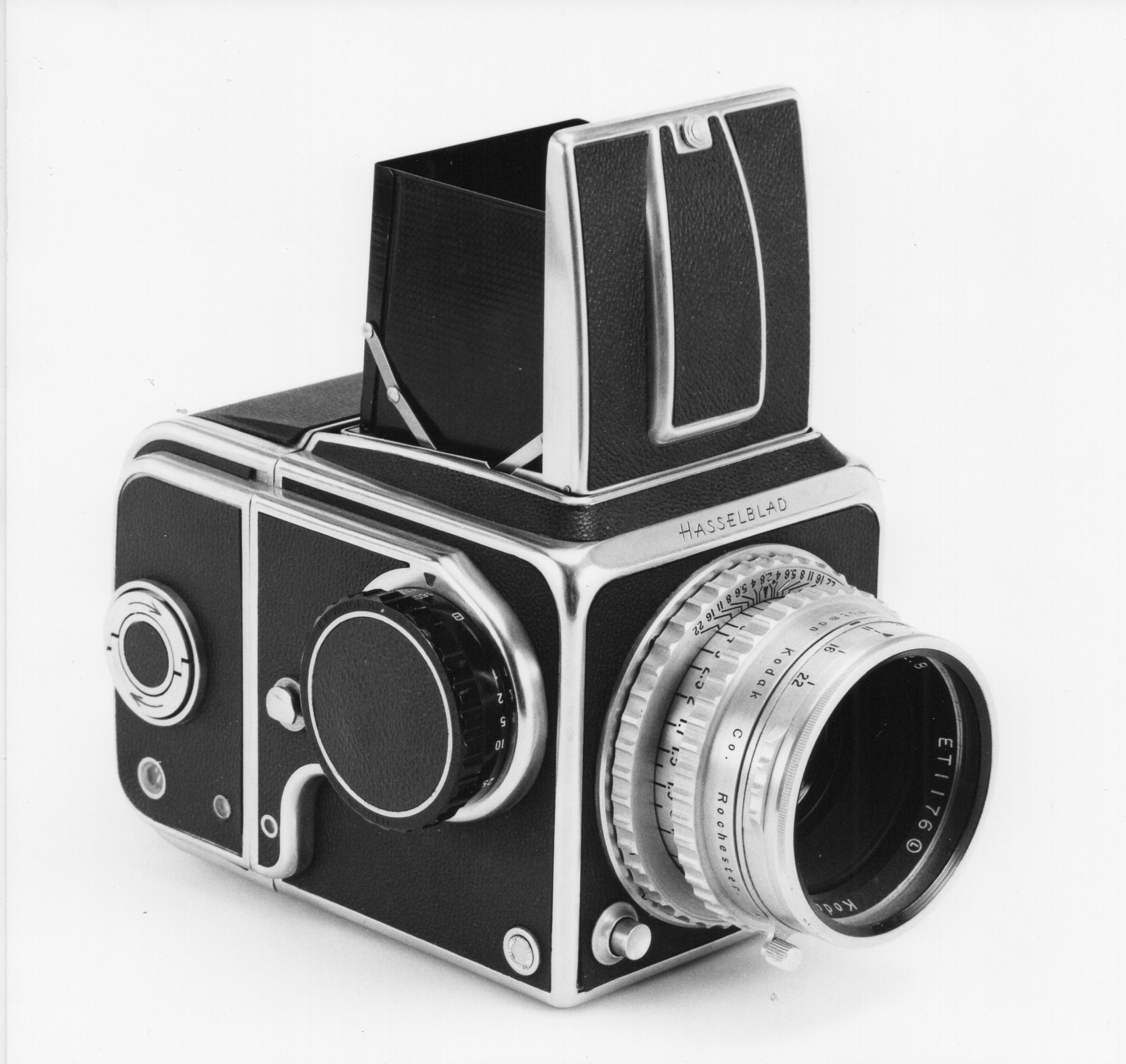
The 500C was launched in 1957 (the ‘C’ stood for Compur, the shutter made by Compurwerk of Munich). It established Hasselblad’s reputation for reliability and top-end performance. The 500C also resigned the comparatively cumbersome TLR to history and brought a new level of convenience and fl flexibility to medium-format photography.
Arguably, the best of the breed was the 500C’s successor, the 500C/M, which also had interchangeable focusing screens and could be fitted with a metering prism finder. Introduced in 1970, the 500C/M remained in production for nearly 19 years. Examples built from 1984 onward had a fold-away crank handle for the film advance instead of the knob Hasselblad had used since the beginning.
While they looked brick-like, Hasselblad’s 500-series reflexes actually handled very comfortably... everything was just where it should be and they operated very intuitively. The square format meant the camera never needed to be held vertically. The modularity extended to lenses, viewfinders, and film holders, so the system was immensely flexible, and it was widely used in many areas of professional photography.
Get the Digital Camera World Newsletter
The best camera deals, reviews, product advice, and unmissable photography news, direct to your inbox!
In 1961, Hasselblad started work on a second stream of 500-series cameras which had a built-in battery-powered motordrive. The impetus for this was that the military wanted a high-speed camera for aerial reconnaissance, but a more likely reason was that Victor Hasselblad hankered after a camera for bird photography that could be remotely triggered.
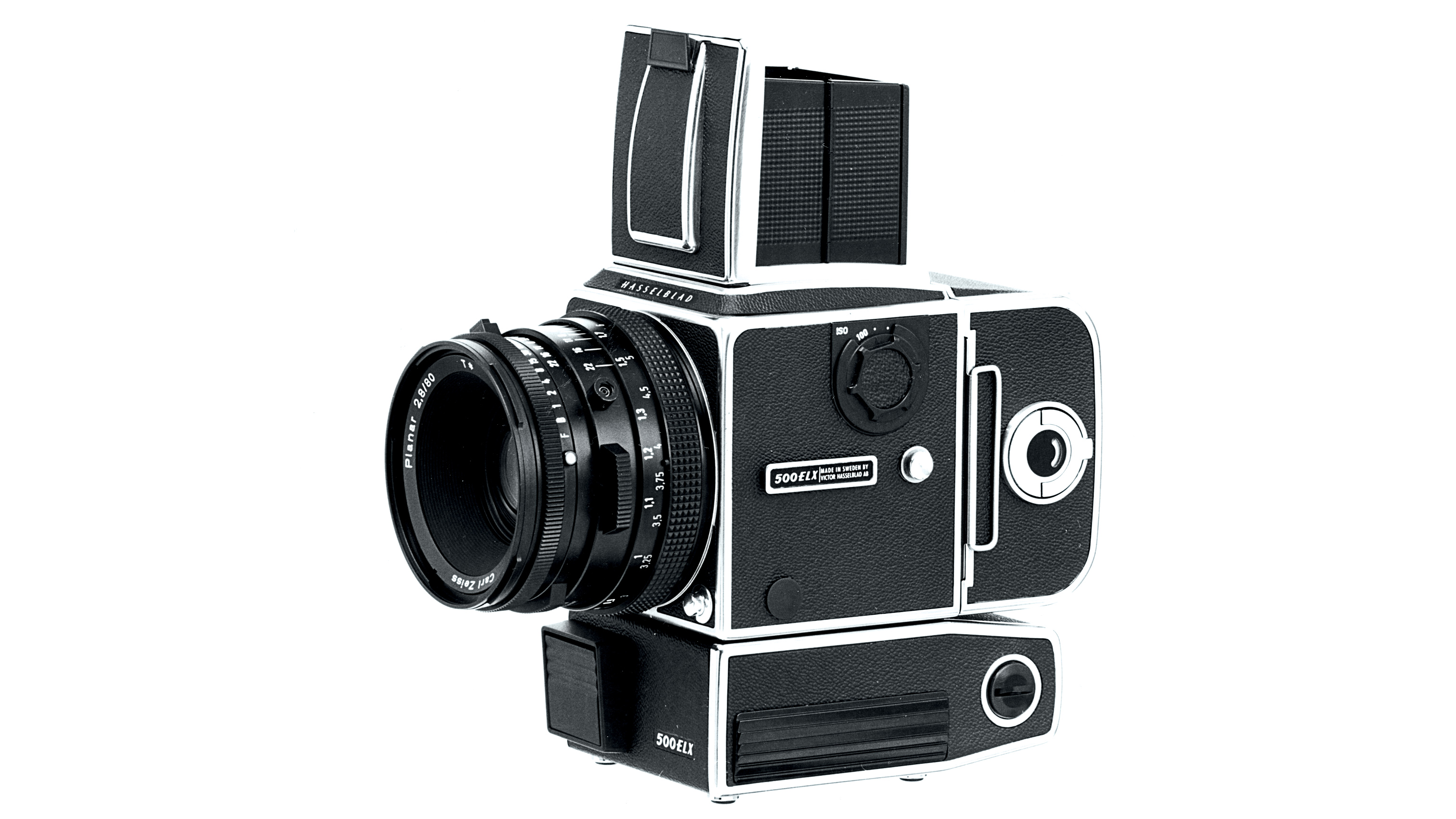
The prototype 500EL (‘EL’ being short for ‘electronic’) was completed in 1963, and the camera was launched in 1965 to a fairly skeptical audience. Users of the fully-mechanical cameras were suspicious of anything electronic, but the EL cameras did eventually start to sell and were adopted by NASA for its space cameras from 1968 until now (the space agency has since ordered a special version of the 203FE). A modified 500EL, called the EDC or Electronic Data Camera, was used on the historic first landing on the moon... possibly the most significant photo opportunity ever.
The next major development was the addition of TTL off-the-film (OTF) fl ash metering, which was introduced with the motorized 500ELX in 1984 and the 503CX in 1988, which subsequently evolved into the 503CXi in 1994. This model had LED indicators in the viewfinder and, in 1997, was replaced by the 503CW which could be fitted with an accessory autowinder.
The motorized 500 family tree progressed to the 553ELX in 1988, which had the brighter Acute-Matte focusing screen, and then the 555ELD (‘D’ for digital), introduced in 1998. Notably, it featured connections for fitting and syncing digital capture backs. By now though, Hasselblad was working on its all-new autofocus 6x4.5cm format H System (launched in 2002), as the mechanical cameras had reached the end of the road. Nevertheless, production of the last-of-the-line 501CM – essentially a revival of the 500C/M – didn’t end until 2013. What’s more, they’re all back in demand, especially the later models, as unique camera experiences take on a whole new life.
See the best Hasselblad cameras today, and the best medium format cameras
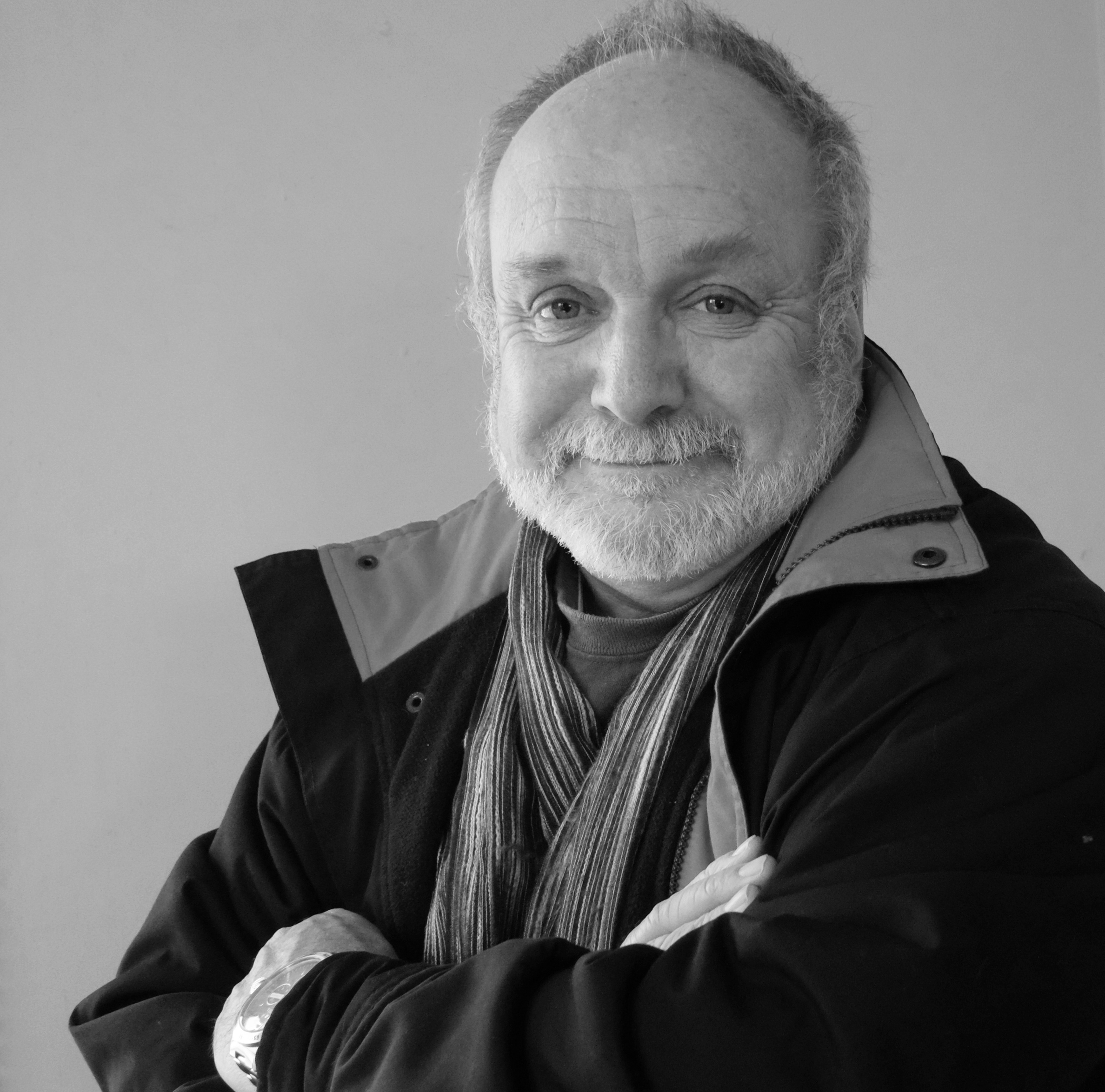
Paul has been writing about cameras, photography and photographers for 40 years. He joined Australian Camera as an editorial assistant in 1982, subsequently becoming the magazine’s technical editor, and has been editor since 1998. He is also the editor of sister publication ProPhoto, a position he has held since 1989. In 2011, Paul was made an Honorary Fellow of the Institute Of Australian Photography (AIPP) in recognition of his long-term contribution to the Australian photo industry. Outside of his magazine work, he is the editor of the Contemporary Photographers: Australia series of monographs which document the lives of Australia’s most important photographers.
